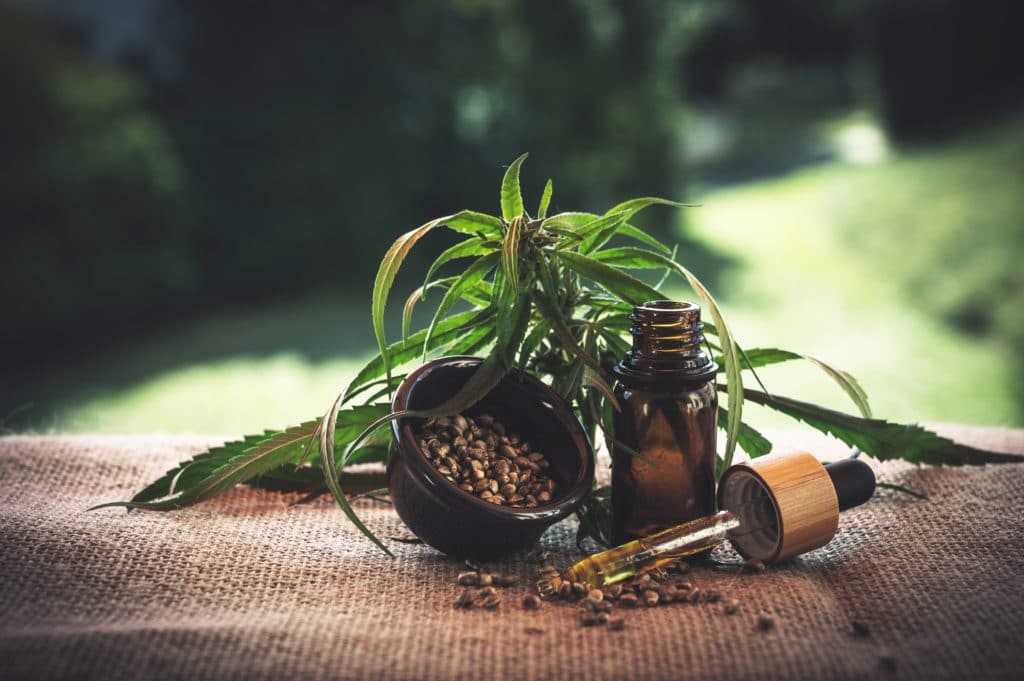In German, my last name very loosely translates to Wine Table, and my father’s hobby was making home-made wine. I have fond boyhood memories of helping my dad; I’d shake the branches of our backyard Mulberry trees for the fruit, harvest peaches, sort and crush grapes and cranberries, and pester him with endless questions about fermentation. An ordained minister, he didn’t drink alcohol, yet he loved the process and shared the finished bottles with family and friends as gifts of love and passion. He also unwittingly shared bottles with my high school friends at rock concerts when I pilfered bottles from the cellar. That, as they say, is another story, however.
As an adult, I enjoy wine and learning about it, but I never worry about wine snobbery nonsense or feel intimidated by a restaurant’s wine list. For me, education is a good thing as it helps me make choices or ask the right questions, but I am by no means a sommelier. Over the past year, this experience is playing out in a fascinating, wonderful turn in my life; my exploration of cannabis for adults. I am quickly discovering there is a commonality between wine and cannabis cultures. At the most basic level, the products themselves are literally rooted in similarity; they both come from the ground and produce pleasant effects when consumed. Soil, weather, climate, and other variables have an enormous impact on the vines, plants, and quality. My experience with wine is helping me on this new path as I realize it’s better to learn at a comfortable pace, to enjoy the process and not be overwhelmed by it. Even if you used cannabis in the heady days of youth, it is a completely different industry now. Learning about cannabis products for adults should be like a nice glass of wine; drink it in slowly and savor the experience.
Reds, Whites, and Rosé
So, let’s start with the basics. Wine is pretty much divvied up into three types, and specific wines are known as a Varietal:
- Reds: Bordeaux, Burgundy, Cabernet Sauvignon, Merlot, Pino Noir, Syrah, Zinfandel, etc.
- Whites: Chardonnay, Champaign/Sparkling Wine, Pinot Grigio, Riesling, and Sauvignon Blanc, etc.
- Rosé: This is a pink wine that briefly uses red grape skins in the fermentation process but is primarily a white wine.
What’s in a Name?
Wine can also be identified by its regions such as Bordeaux, Burgundy, Champaign (France), Napa Valley, Sonoma, Russian River (California), and Tuscany (Italy) to name a few better-known regions. The wine industry refers to them as viticultural areas in the U.S. and terriors in France. In fact, if a wine label states that is from a specific region, by law, it must be so. The next time you purchase a Sparkling Wine that is not called Champaign, now you know why! It must have been produced by grapes in the Champagne region of France to be called Champaign. Cannabis can also originate from a region, and in fact, Western scientific culture adopted proposed names for two species of cannabis. Cannabis Sativa was coined by Swedish botanist Carl Linnaeus in 1783 for the hemp plant commonly cultivated in Europe. In 1785, French naturalist Jean-Baptiste Lamarck identified Cannabis Indica, a wild species which originated in India. Speaking of regions, it is generally regarded that the Emerald Triangle area of Northern California (consisting of Humboldt, Mendocino, and Trinity Counties) produces some of the best cannabis on the planet. As Napa Valley is to wine, the Emerald Triangle is to cannabis.
A Strain, known by any other name, is still a Strain
If you are new to cannabis, the first thing to learn is, similar to the three main grape varietals of red, white, and Rosé, there are three main types of cannabis plants. These are called “strains” and are named Sativa, Indica, and Hybrids (a blend, like a Rosé ). Here’s a general breakdown:
Sativa: The current consensus on Sativa strains is that they produce an energetic, uplifting and productive reaction. Think morning espresso or the cure for the afternoon doldrums. Medicinally, it is often used to treat migraines, depression, and nausea. Many users feel that Sativa strains boost creativity, focus, and productivity. Often described as a “cerebral high,” people using Sativa describe a euphoric effect and it’s commonly used in social settings, AKA parties.
What to Know: As Sativa strains typically affect the mind, caution is warranted in order to avoid an unpleasant experience. Getting “too high” can be an unintended consequence, so again, ask questions from a knowledgeable budtender, physician, or cannabis professional. If you’re new or returning to cannabis use, stay with a low-level THC strain and go easy. And yes, I know this from personal experience.
Indica: This strain is generally described as having more of a body-calming effect. It is recommended most often for adults with chronic pain, muscle spasms, inflammation, Multiple Sclerosis, Fibromyalgia, anxiety, nausea, appetite stimulation, and sleep deprivation. This is actually my preferred strain as I use it to help relax at night and improve my sleep. It is commonly accepted that the strain hails from India, Pakistan and the Hindu Kush mountains of Afghanistan. While Indica has different sub-strains, many incorporate “Kush” attributes as the strains have been modified by growers, cultivators, and scientists over time and experimentation. Several brands include Kush or OG in the name, even if they are not grown in Afghanistan. My personal faves so far are Master Kush and Kosher Kush.
What to Know: Modern Indica strains incorporate higher CBD content as opposed to THC. On the science side of things, this means they have higher CBD cannabidiol levels than Sativa strains with higher THC cannabidiol levels. The effect is more of a gentle mental high with a sedative body reaction, however, this depends on how much THC is in the product as it varies greatly from brand to brand. Ask your budtender for advice and never assume two Indica strains will produce the same effect.
Hybrids: A Hybrid strain is exactly what it sounds like; a combination of Indica AND Sativa strains. This is where education and experimentation really come into play as a Hybrid is modified for a specific result. Here’s a fun fact: Many commercial strains and brands are hybrids that have been developed over time. You will discover that the strains are referred to as an “Indica-dominant” or “Sativa-dominant.” For example, the wildly popular Indica-dominant hybrid OG Kush came from Southern California in the mid-1990s. California and British Columbia are two regions known for their respective pioneering efforts in hybrid creation since the 1960s.
One Other Thing to Know
We briefly covered the cannabinoids THC and CBD. Well, terpenes interact and play a role with CBD and THC. Known in the industry as the “entourage effect,” or “whole plant,” these compounds work together to produce the best medicinal efficacy and better adult use. In other words, the whole is better than the sum of its parts.
Just as wine has many varietals of grapes and combinations, there are thousands of cannabis subspecies. For this article, we’re sticking to the basics and not getting into the weeds (so to speak). Also, it is critical to understand that your body may react differently to the strains described in this article. In addition, vigorous cannabis medical research is finally underway and commonly held beliefs may change over time. In the end, personal education and experimentation are essential as your body is unique. Other efficacious variables include your personal tolerance level, how much you consume and when, and how you consume it.
Whether a strain is a Sativa or an Indica also depends on the biological part of plants and fruits called Terpenes which are aromatic compounds. Just as wine varieties have their own distinctive smell and taste, terpenes give cannabis strains their unique smell (ahem, some would say odor.) There are hundreds of terpenes in cannabis, but Myrcene is the most common terpene in the cannabis plant. This is the current rule: If the strain has a myrcene volume greater than 0.5 percent, it is considered an Indica.
The Evolution of the Cannasseurs
Just as the wine industry has certified, highly educated sommeliers, the cannabis industry is making great strides to develop educated and highly trained “Cannasseurs.” Here in the U.S., the Trichome Institute in Denver, CO is helping set standards of science, education, and certification in the cannabis industry. Founded in January of 2014, it is pioneering the concept of Interpening® which is currently the world’s only cannabis sommelier program. In short, Interpening breaks down and interprets the terpenes in cannabis. Just as a sommelier can learn vast amounts of information from a wine’s aroma, Cannasseurs can do the same with a cannabis strain or product. The Institute’s stated goal is “constantly researching to stay on the cutting edge of cannabis science, medicine, business, and law, and update our curriculum as the industry and our understanding of cannabis changes.” While it is not the only organization embracing the Cannasseurs concept, it is helping elevate the industry along the lines of the beer, wine, coffee, and cheese industries and festivals.
A Toast to the Future of Cannabis
While cannabis use is centuries old, it has only recently become a legal product in several U.S. states. As such, the cannabis business is like a toddler wobbling around the proverbial coffee table trying not to fall. The wine industry is also centuries old and has developed a worldwide culture of acceptance and tradition. For the uninitiated, wine can be an intimidating product, and the industry itself, unfortunately, perpetuates this “upper class only” attitude. Since my father’s winemaking days my approach has been to learn along the way, one glass at a time. As cannabis use becomes more and more accepted in society, we must all be ambassadors for good by learning and extolling its virtues, one experience at a time. Don’t fear the plant. Revel in its benefits and share with others how it helps in your life. That leads to some very good years ahead.




